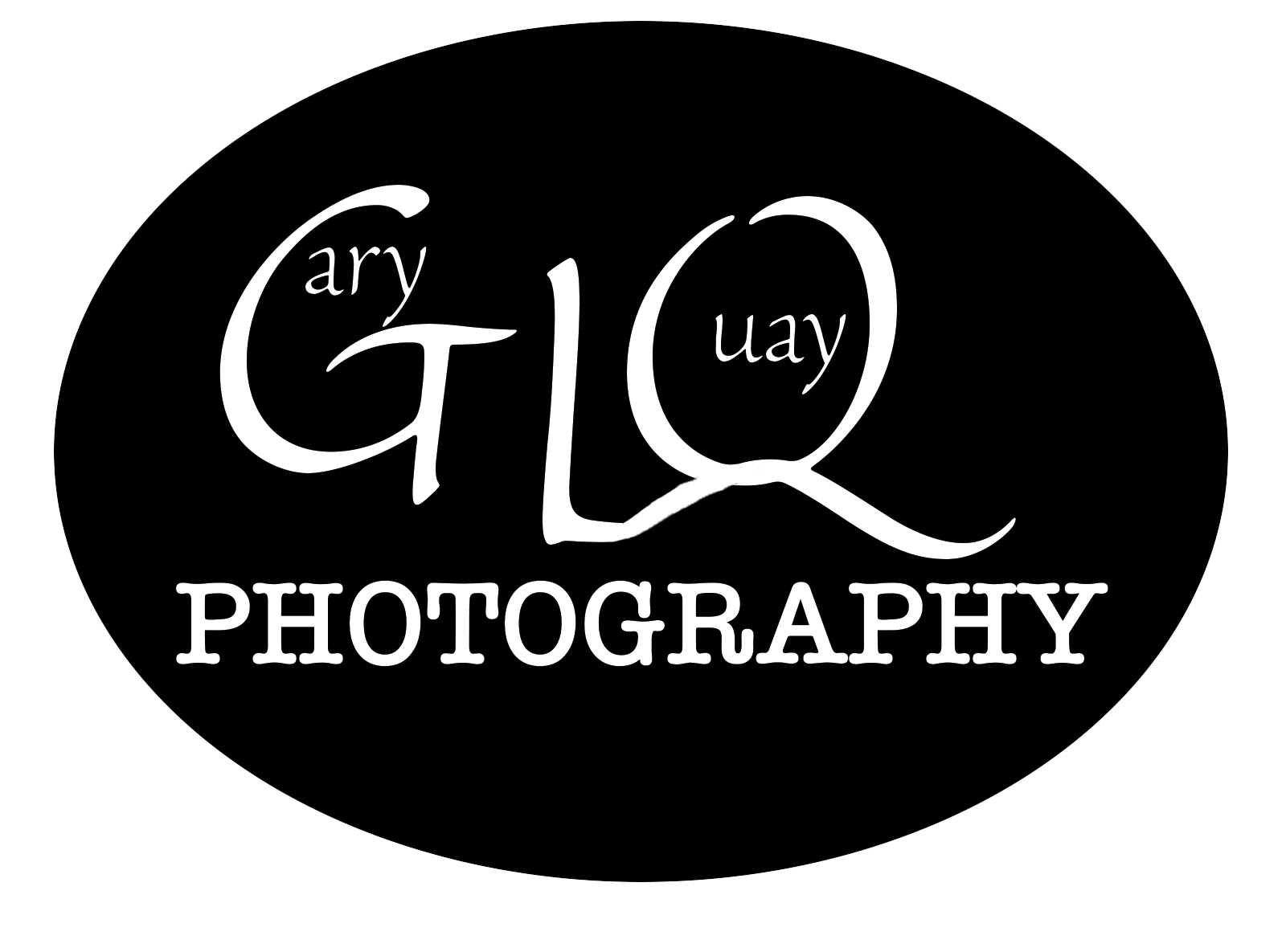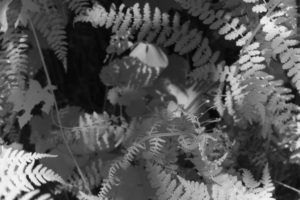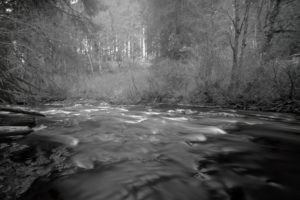It’s been 5 years since I packed up my last darkroom. My life as a photographer revolved around having a darkroom well into the digital age. I remember the moment that I started tearing apart the sink that I had built. It was the point of no return. I knew that there was the potential that I was forever giving up a dream. I have written about this dream before in a number of posts, so I will just give you the highlights.
When I saw Ansel Adams picture “Clearing Winter Storm“, I understood what I wanted to do with photography. What blew me away about the picture was not only the contrast and composition, but that I could see the individual needles on the pine trees. I wanted to learn how he did it, and do that myself. It took me 10 years, but I finally built myself a darkroom in 2005. I slowly learned what I was doing, and made a lot of mistakes along the way, but I enjoyed the process. I didn’t achieve my goal of doing what Ansel Adams did because I could not settle on how to do it.
I’m amazed by how many unusable negatives I made over the years.
For the last 5 years, I have had my negatives developed by local labs, and I noticed that (I kind of expected to see it) a greater percentage of my negatives were usable. Something I was doing had been doing was wrong. I knew that I wasn’t always careful enough, and suffered from scratched, or unevenly developed negatives. I also had trouble settling on a film and developer combination, and instead used everything I could get my hands on. With the constant experimentation, I was plagued by under and over developed negatives. The 5-year break gave me the chance to reflect on what I had to change if I ever got a darkroom again.
The major takeaway from my 5-year darkroom desert was the need to shrink the range of films and developers that I use. I need to settle on one or two films, and one or two developers. The trouble is that I love to spread the wealth around. I want to support every company still in the film business, but I just can’t do that and have more consistent results. I have to do it, though.
The 5-year break also brought a resurgence in film usage, and some new films that offer opportunity for some old-time Zone System controls. There are 2 films that I have my eye on: Famous Format Atomic X, and CatLabs X Film. Both claim to be based on the famed Kodak Panatomic-X film, and have silver-rich emulsions, unlike modern films. Adox also makes films of a similar nature. Doing photography the way Ansel Adams did means using the Zone System, and older emulsions make that more possible. If these don’t work out, however, I will be looking to Kodak and Ilford for my go-to films.
Which brings us back to the darkroom. Let’s say for now that it’s much smaller than my last one. I started it with a revolving darkroom door, blackout curtains, gaffers tape, Velcro, and thumb tacks. I curtained off a section of a spare bedroom that includes a spare bathroom. The bathroom is light tight enough to load film if I close the door to the rest of the darkroom. The enlarger is set up and functioning properly, and I’m working toward being able to print again.
A plus with this setup is help with dust. Dust is the arch-villain of darkrooms. It ruins your film when you load it in film holders, when you put it into your cameras, when you develop it, and when you try to print from it. Water vapor removes dust from the air. Want to load film? Take a shower. Problem (mostly) solved.
I should point out to the uninitiated that loading film, at least when you are using large format, requires that you load film holders one sheet at a time. The time that the sheet of film is out of the bag and into the holder is plenty of time for dust to settle on it.
Going forward, I want to make some additional changes to my processes. As part of slowing down, and getting a handle on the issues I had before, I am looking to get equipment that helps with developing without scratches, and achieving even development. There are 2 new developing tanks that I found that could replace my Jobo CPP Processor. I like the Jobo, but it’s big, and cumbersome, and my new darkroom is small. Both are daylight tanks. You load the film in the dark, then turn on the lights, and develop. One is the SP-8×10 Developing Tray, and the other is the SP-445 Developing Tank. I’m leaning toward the SP-8X10 because it is more versatile.
More on this to come.




